The year 2022 will be remembered by us as the saddest page in the history of Ukraine because of the war unleashed by Russia. At the same time, 2022 will also be one of the most significant in the history of science. This year, NASA announces the discovery of 5,000 confirmed exoplanets that are alien worlds outside our Solar System. These are various distant planets, including rocky super-Earths, gas giants such as Jupiter, ice giants such as Neptune, and other exotic worlds. Although planetary scientists have discovered thousands of these interesting places, it is likely that there are more than a trillion exoplanets in our Galaxy alone.
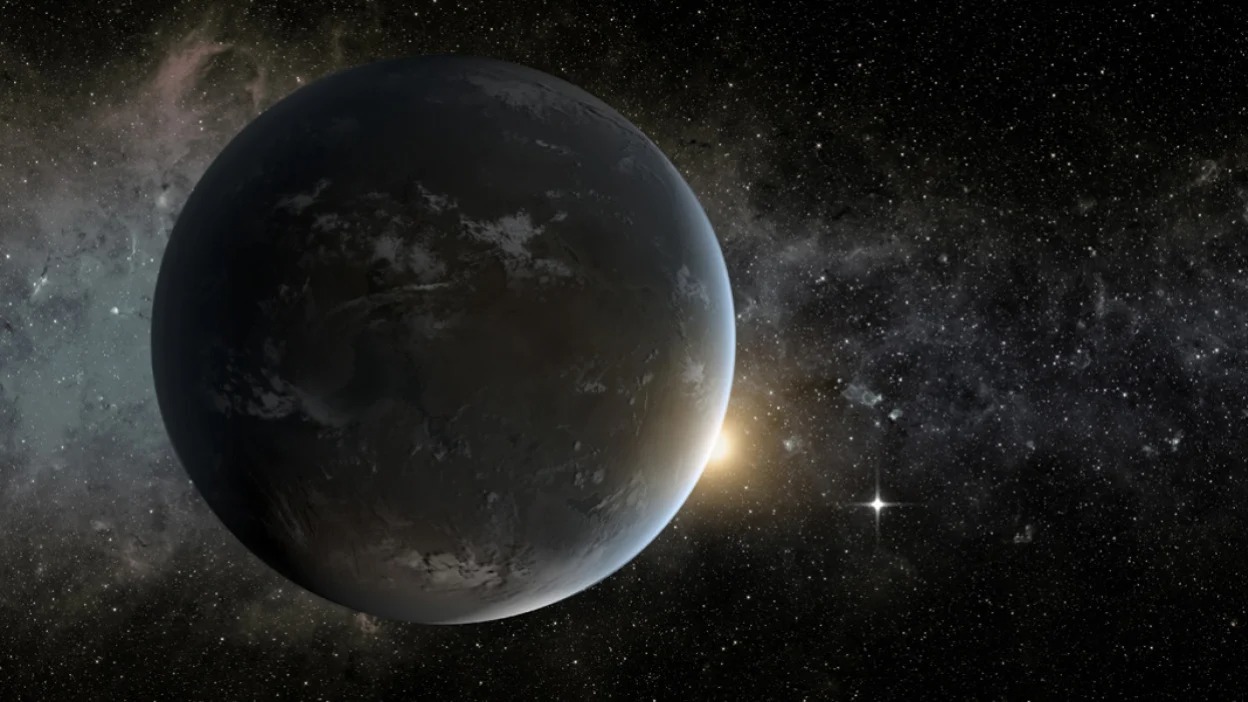
Also, the James Webb Space Telescope — the most powerful observatory ever created – looked into the atmosphere of some exoplanets, which gave scientists an unprecedented understanding of distant worlds. Below you can read about the most interesting discoveries on exoplanets made during 2022.

Metallic clouds and rain of precious rocks
The legendary NASA Kepler telescope managed to study the atmosphere of a distant exoplanet located 855 light-years away from us. Researchers have discovered that on the planet WASP-121 b, clouds consist of metals, and precipitation falls in the form of precious rocks. This is possible due to very cold conditions, and the planet’s atmosphere is dense enough that metals such as magnesium, iron, vanadium, chromium and nickel exist in its upper layers, which condense in clouds.
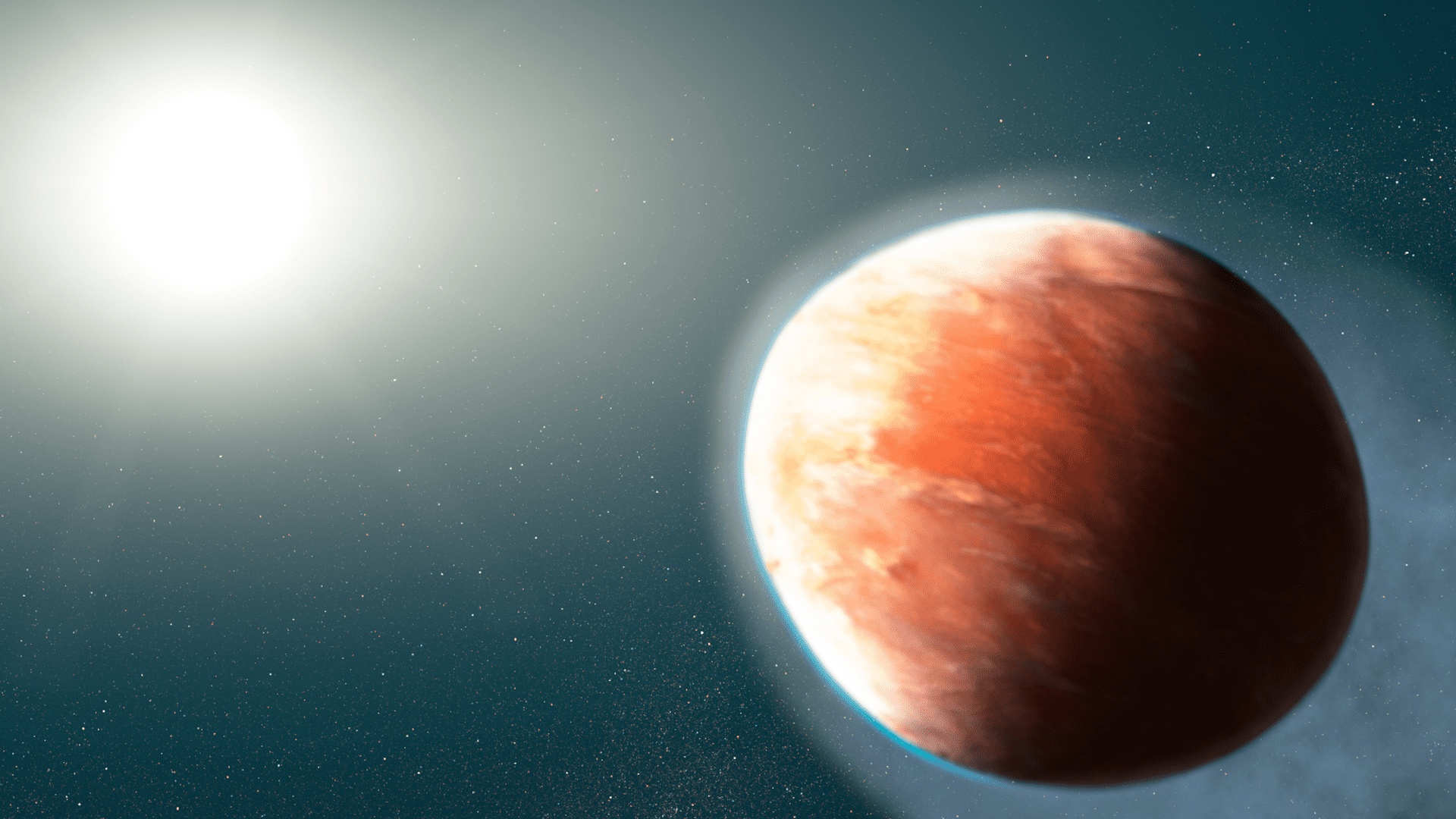
What can such clouds look like? Scientists have admitted that these extraterrestrial clouds may resemble dust storms on Earth. Moreover, their color diversity is quite saturated with blue, red, gray or green shades. And sometimes clouds can condense into drops falling in the form of a rain of gems.
A lemon-shaped planet
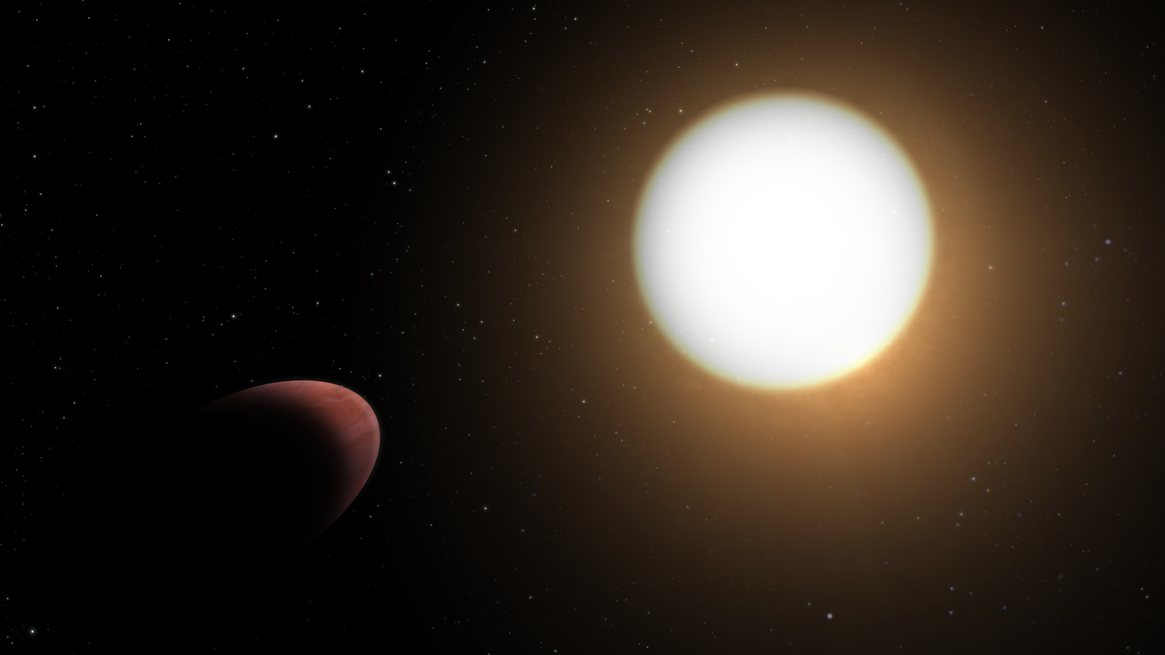
Most planets have the shape of a ball. But not WASP-103b. The European Space Agency’s (ESA) Cheops Space Telescope has discovered that WASP-103-b — a planet twice the size of Jupiter — orbits its luminary in just one day. From such proximity to the mother star, powerful gravitational tides deform it into an oval shape instead of a spherical one.
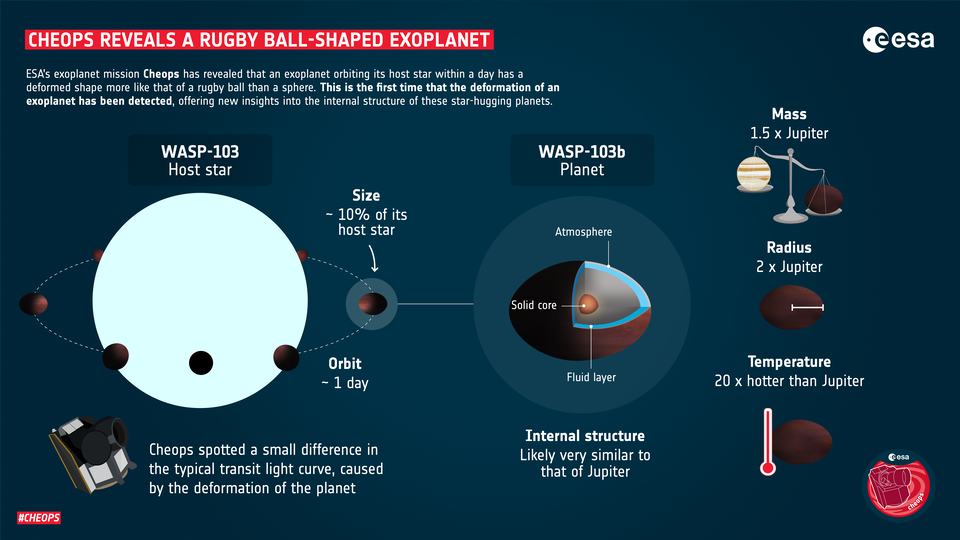
A rare find on a super-Neptune
About 150 light-years from Earth, astronomers have discovered super-Neptune TOI-674 b (that is, a planet a little larger than Neptune) with water vapor in its atmosphere. This is an incredible uniqueness. But the presence of water on such a planet raises many questions that James Webb will be able to explain in 2023.
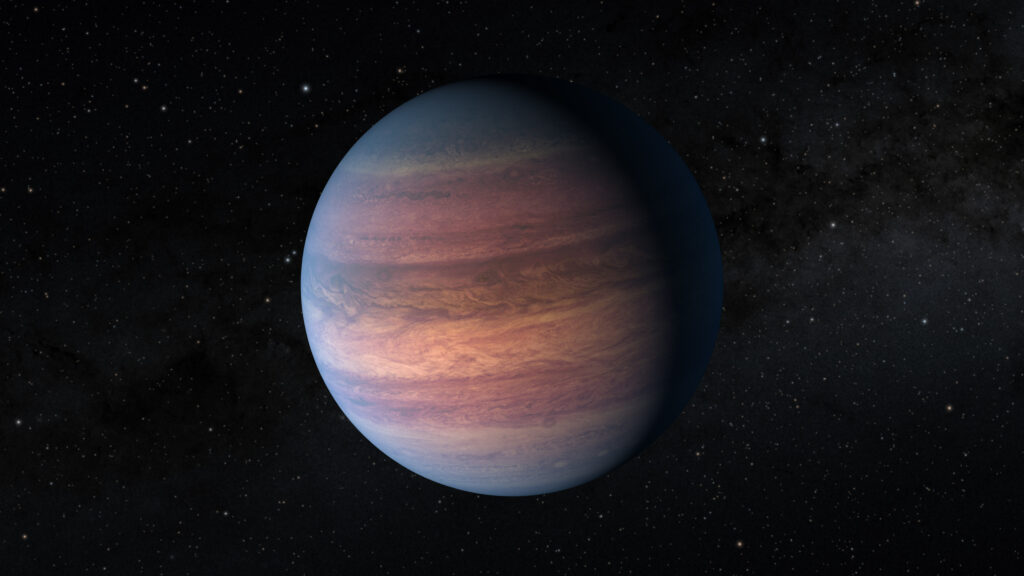
“Many questions remain, for example, how much water vapor does its atmosphere contain. Fortunately, the atmosphere of TOI-674 b is much easier to observe than the atmosphere of many other exoplanets, which makes it the main target for deeper research,” NASA commented.
Embryo Planet
This year, planetary scientists have discovered a giant exoplanet AB Aurigae b, which is at the stage of formation. This phenomenon was noticed by the Hubble Space Telescope. The telescope images show how it is formed in the protoplanetary disk of gas and dust. The age of the newborn star of the Solar system is only 2 million years.
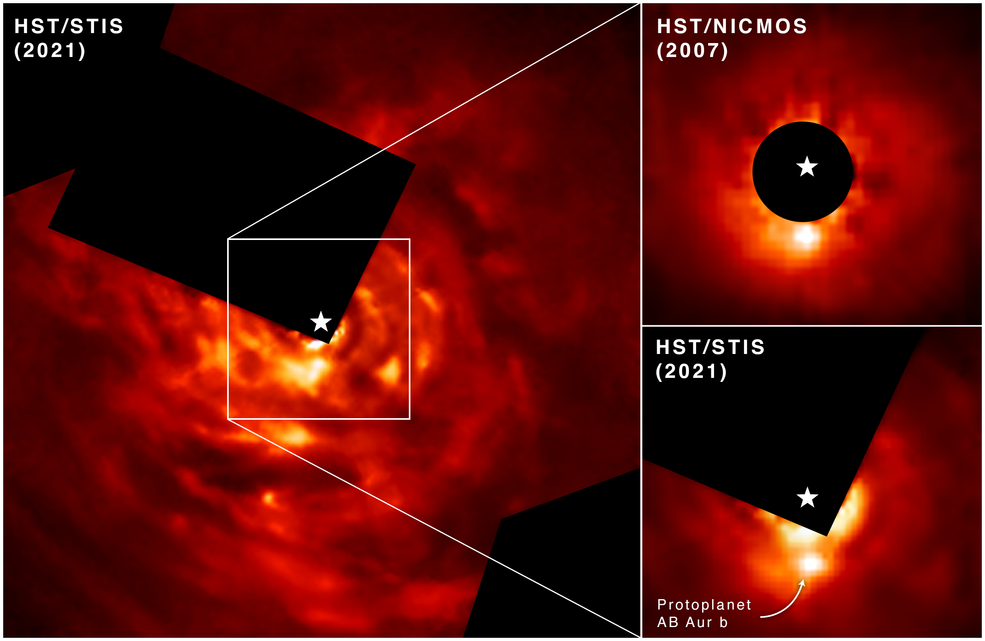
The young planet is very large. Scientists suspect that it is nine times larger than Jupiter. AB Aurigae b orbits very far from its star, about 15 billion km away — that’s twice as far as Pluto is from the Sun. Unlike most planets, which, according to researchers, were formed when smaller objects on a planetary disk collided and turned into large and hot planetary objects, AB Aurigae b could form when a cooled protoplanetary disk broke up into large fragments.
Ocean Planet

There is an exoplanet 100 light-years away in space, completely covered by the ocean. In August 2022, astronomers announced that the exoplanet TOI-1452 b was close in size to Earth and located in a region of the Solar System where liquid water could exist. A huge amount of water — several times more than on Earth — may be the reason for the lower density of the planet. It is possible that the ocean makes up about 30% of the mass of TOI-1452 b. On Earth, water makes up only 1% of the planet’s mass.
Fluffy as marshmallows
Meet the “fluffy” world of TOI-3757 b. Astronomers believe that the atmospheric density of the exoplanet is similar to marshmallows, which is less than the density of water. A gas giant similar to Jupiter is about 580 light-years away from us. It orbits a red dwarf. These stars are much smaller and dimmer than the Sun, but extremely variable: they emit strong flares that can make neighboring planets inhospitable.
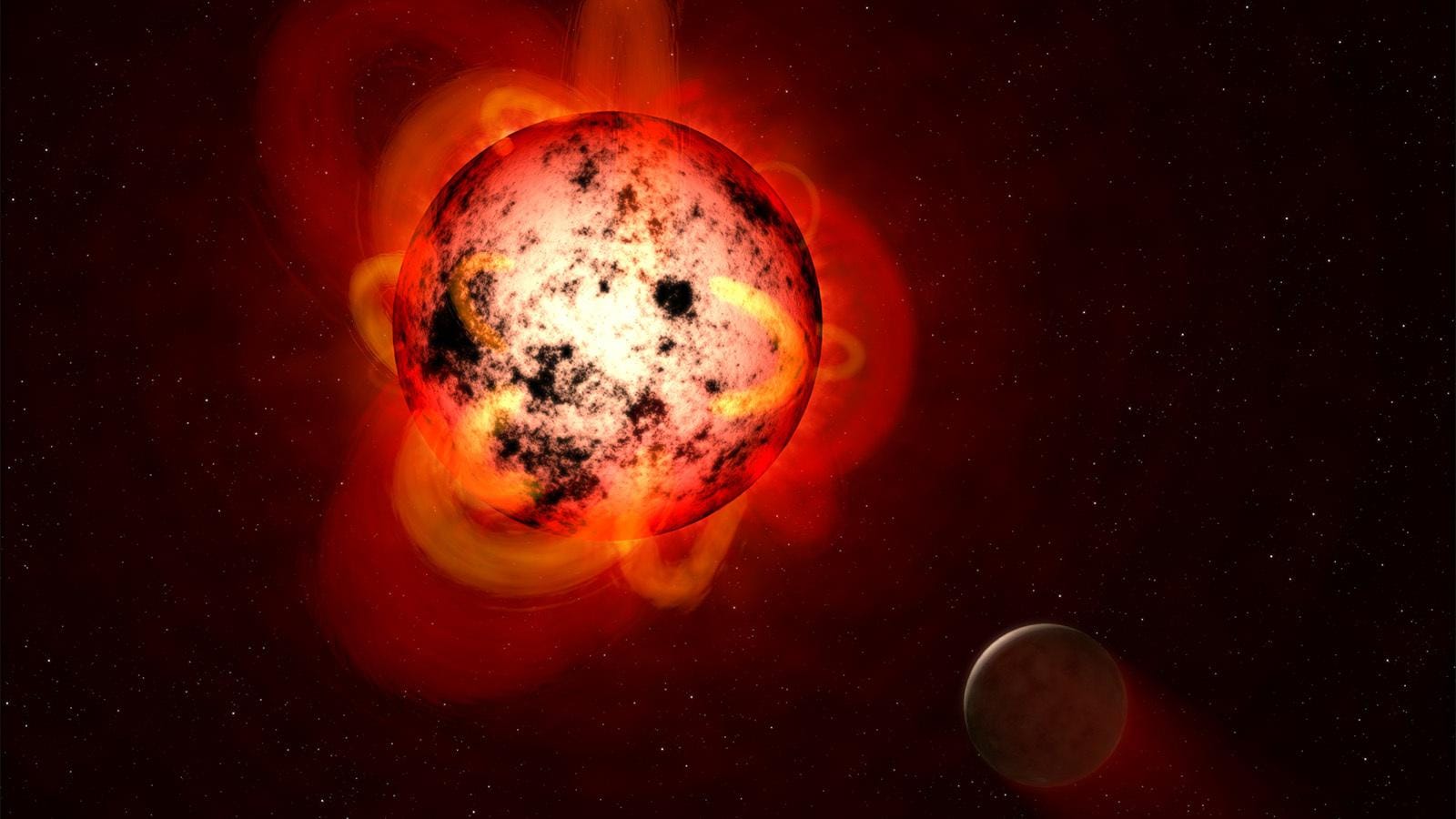
Planetary scientists have two assumptions about such a marshmallow density of TOI-3757 b. The first hypothesis is that the red dwarf contains few heavy elements, which influenced the formation of a low-density exoplanet. The second hypothesis explains the strange composition of the atmosphere in the elliptical orbit of the exoplanet, which leads to excessive heating, which can cause the planet’s atmosphere to swell.
Also take a quiz about how well you know exoplanets.
Follow us on Twitter to get the most interesting space news in time
https://twitter.com/ust_magazine
